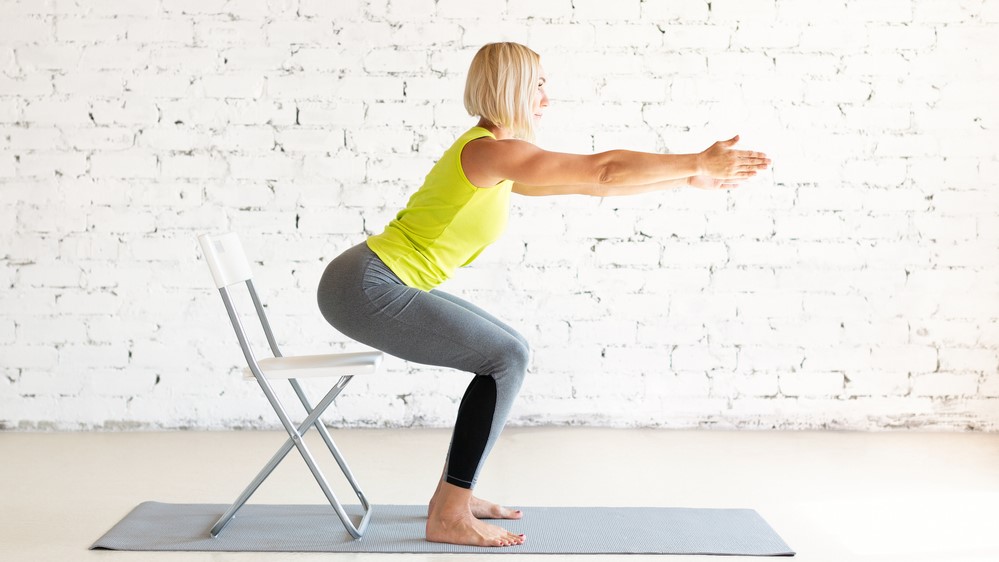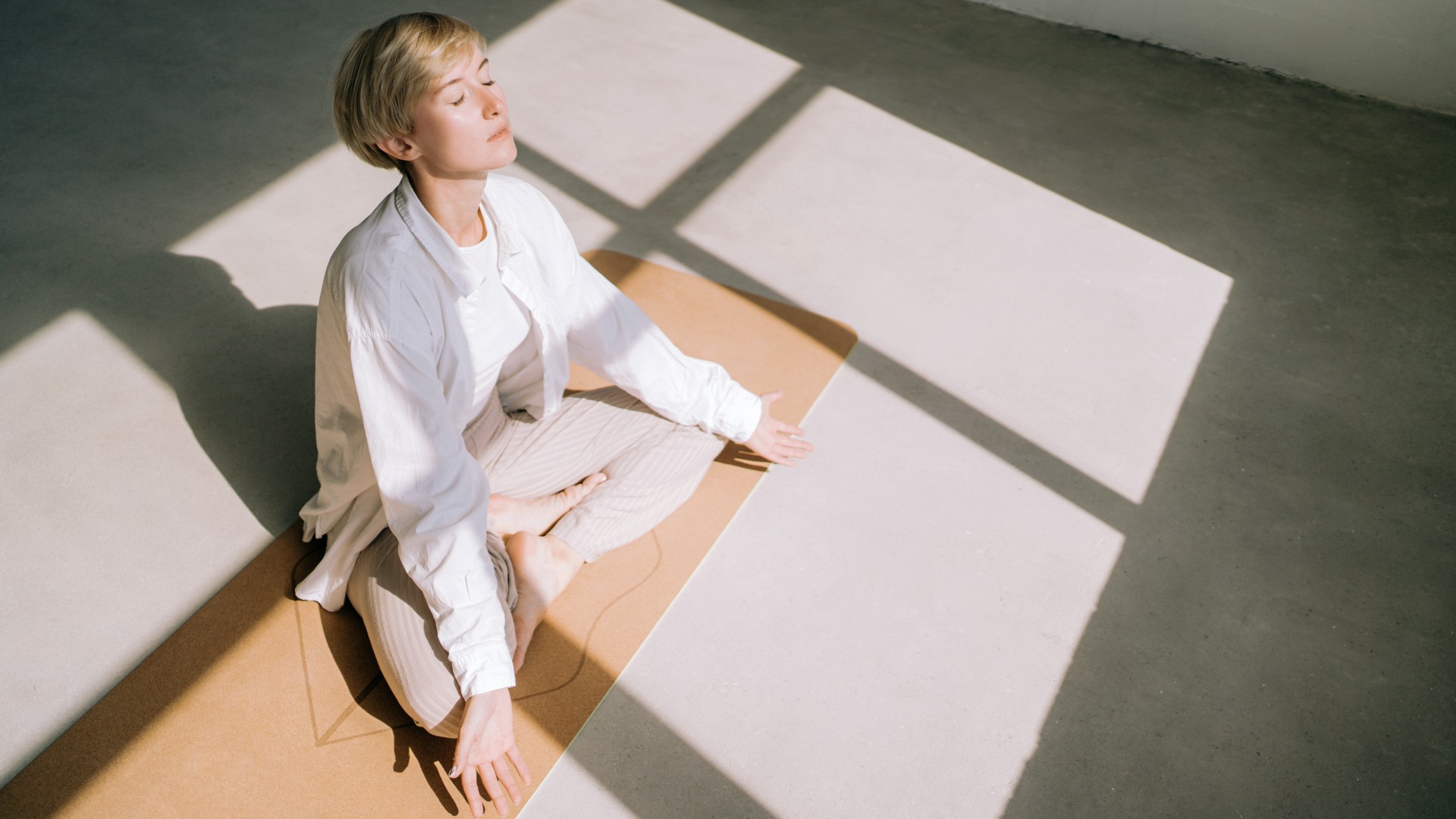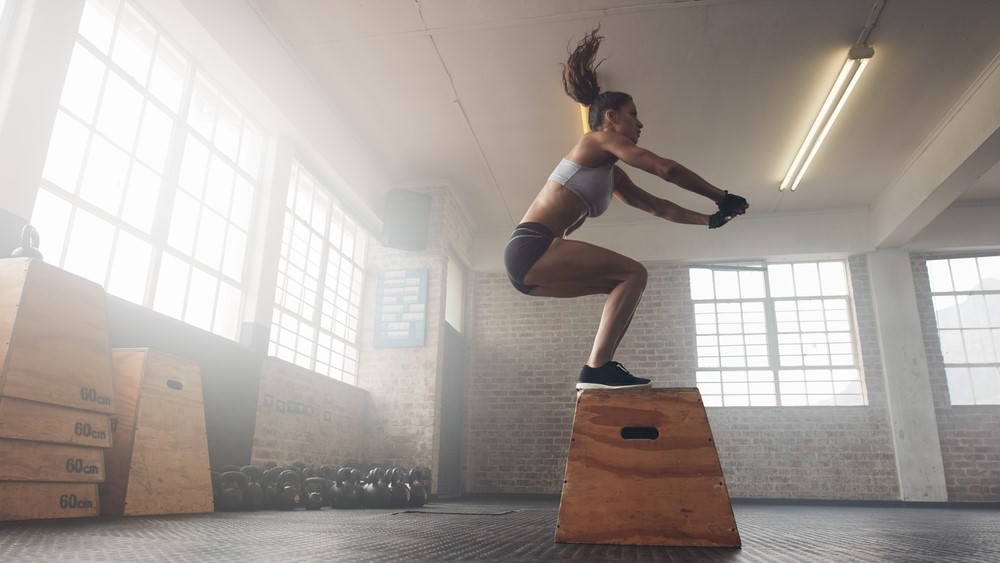
Most of us have heard of the famous pelvic floor exercises known as Kegels — a simple exercise that promises to tighten and strengthen your pelvic floor muscles. But did you know pelvic floor exercises are also beneficial for men? Yes, men and women benefit from building strength in this area, and we’ve found some of the best pelvic floor exercises to achieve it. You’re welcome.
Not sure what your pelvic floor is? Try to stop yourself from urinating mid-flow. Hello, pelvic floor muscles. These muscles support your abdominal organs (your bladder, for example) and improve sexual function. Some statistics tell us that approximately one in five people will suffer from a pelvic floor disorder in their lifetime, resulting in issues like incontinence, prolapse, and problems during sexual intercourse.
The good news is that you can train these muscles. The bad news is a few squeezes here and there aren’t going to work any miracles. Just like flexing your biceps, your pelvic floor will require consistent attention to achieve results.
To learn more, we spoke with Amanda Savage, specialist and women’s health physiotherapist at Kegel8, to learn all things pelvic floor, including why these muscles matter and how long it takes to make them stronger.
Want to strengthen your core muscles? This 10-minute ab workout hits all the muscles in your core, or train like The Rock with The Rock’s arms and abs workout.

Amanda Savage is a specialist pelvic floor and women’s health physiotherapist at Kegel8 and has worked in physiotherapy for over 20 years, offering supervised pelvic floor muscle training and support for the recovery of pelvic organ prolapses, incontinence and pelvic surgeries.
What is the pelvic floor?
According to the Cleveland Clinic, your pelvic floor consists of deep stabilizing muscles and connective tissue responsible for supporting the organs in your pelvis (your bladder, bowel, and internal reproductive organs), holding them in place, and assisting with bodily functions like urination.
Your pelvic floor is also part of your core and assists with absorbing pressure (like coughing) and protecting your spine. Savage explains that these muscles sit between the coccyx and pubic bone.
“The pelvic floor muscles have two important roles — they support abdominal organs and are also essential for the closure of the urethra, vagina, and rectum,” she explains. “It's important to ensure your pelvic floor is strong because if these muscles are weak, you're more likely to suffer from bladder incontinence or prolapse, and you could see your sex life deflate.”
Sign up to get the BEST of Tom's Guide direct to your inbox.
Get instant access to breaking news, the hottest reviews, great deals and helpful tips.
What are pelvic floor exercises?
According to Savage, the best way to strengthen your pelvic floor is by practicing an exercise known as the ‘Kegel exercise’, named after American gynecologist Arnold Kegel. Pelvic floor exercises help strengthen the core muscles that support your pelvic organs, such as your bladder and uterus and often refer to a squeeze-release exercise (the famous clench).
What are the most effective pelvic floor exercises?
“The best exercises (with a strong research evidence base) are pelvic floor contractions (Kegels),” says Savage. “This consists of quick squeezes and slow holds. Do these three times a day until you build up your strength and tone, and practice relaxation between each contraction.”
Savage adds that your pelvic floor muscles assist during activities like squats, walking, hip raises, yoga and swimming, but you should ensure you’ve built a strong foundation first.
According to the NHS, extra benefits are up for grabs for those who persevere. A strong pelvic floor can reduce symptoms of erectile dysfunction, increase sensitivity and improve your sex life.
How to do pelvic floor exercises
First, identify your pelvic floor muscles by attempting to prevent urination mid-stream or passing wind. Then, Savage recommends sitting, standing or lying with your knees slightly apart.
“Slowly tighten your pelvic floor muscles, and 'suck up' your muscles as hard as you can. Hold for a maximum of 10 seconds, then relax and repeat. As your Kegel muscles become stronger, you can gradually increase the length of time you 'squeeze and lift' for and how often you perform the exercises.”
You can slot this exercise subtly into your day without anyone realizing it (that commute to work just got more interesting), and the more comfortable you become, the more you can practice as you walk or exercise.
How long does it take to strengthen your pelvic floor?
Savage explains that, like other muscles, the pelvic floor takes time to strengthen.
“It's not about speed but accurate technique,” she says. “We recommend 12 weeks of daily exercise for you to notice a difference, engaging in targeted pelvic floor contractions three times a day.
But, the time it takes to see improvements can vary depending on your pelvic floor's starting strength. For faster results, you can use an electronic pelvic floor toner for 12 weeks (daily or on alternate days), which uses neuromuscular electrical stimulation to stimulate your pelvic floor muscles to contract and relax correctly, eliminating the guesswork.”
How can I strengthen my pelvic floor without Kegels?
While Kegels are the most effective way to strengthen your pelvic floor, there are other ways you can improve your pelvic floor reactivity.

Perfect your posture
Savage recommends focusing on posture by sitting more upright to increase the activity in your pelvic floor muscles. She says a ‘“very tall' position is the most effective with your bum to the back of the chair. “Think of how a dancer sits with everything aligned. When you sit or stand properly, your core muscles become activated and are prepared to support your pelvic floor. You'll also reduce back pain.”

Breathing techniques
As your diaphragm moves, so does your pelvic floor. As you inhale, the pelvic floor comes down, and as you exhale, it comes back up.
“Breathing can cause problems for the pelvic floor,” Savage warns. “When exercising our pelvic floor, we tend to hold our breath. Simultaneously we are holding our pelvic floor, which can make the whole relationship between breathing and the pelvic floor very rigid.
If you’re struggling to focus on your breathing, try relaxing your muscles as you breathe in. Then as you breathe out, contract your muscles up — this will be easier as the muscles naturally go upwards when breathing out anyway.”

Try different exercises
Cardio, like swimming and yoga, can help improve your pelvic floor strength, as can exercises like squats, glute bridges and bird dogs (find out what happened when one writer did 50 bird dogs a day for a week). These exercises also work other core muscles like your glutes (yes, they count) and your abs.
If you have a weak pelvic floor, speak to a medical professional before embarking on any targeted exercise regimes. Avoid high-impact exercise until your pelvic floor strength has improved.

Sam Hopes is a level 3 qualified trainer, level 2 reiki practitioner and senior fitness writer at Tom's Guide. She is also currently undertaking her Yoga For Athletes training course. Sam has written for various fitness brands and websites over the years and has experience across brands at Future such as Live Science, Fit&Well, Coach, and T3.
Having worked with fitness studios like F45 and Virgin Active, Sam now primarily teaches outdoor bootcamps, bodyweight, calisthenics and kettlebells. She also coaches mobility and stretching-focused classes several times a week and believes that true strength comes from a holistic approach to training your body.
Sam has completed two mixed doubles Hyrox competitions in London and the Netherlands and finished her first doubles attempt in 1:11.
